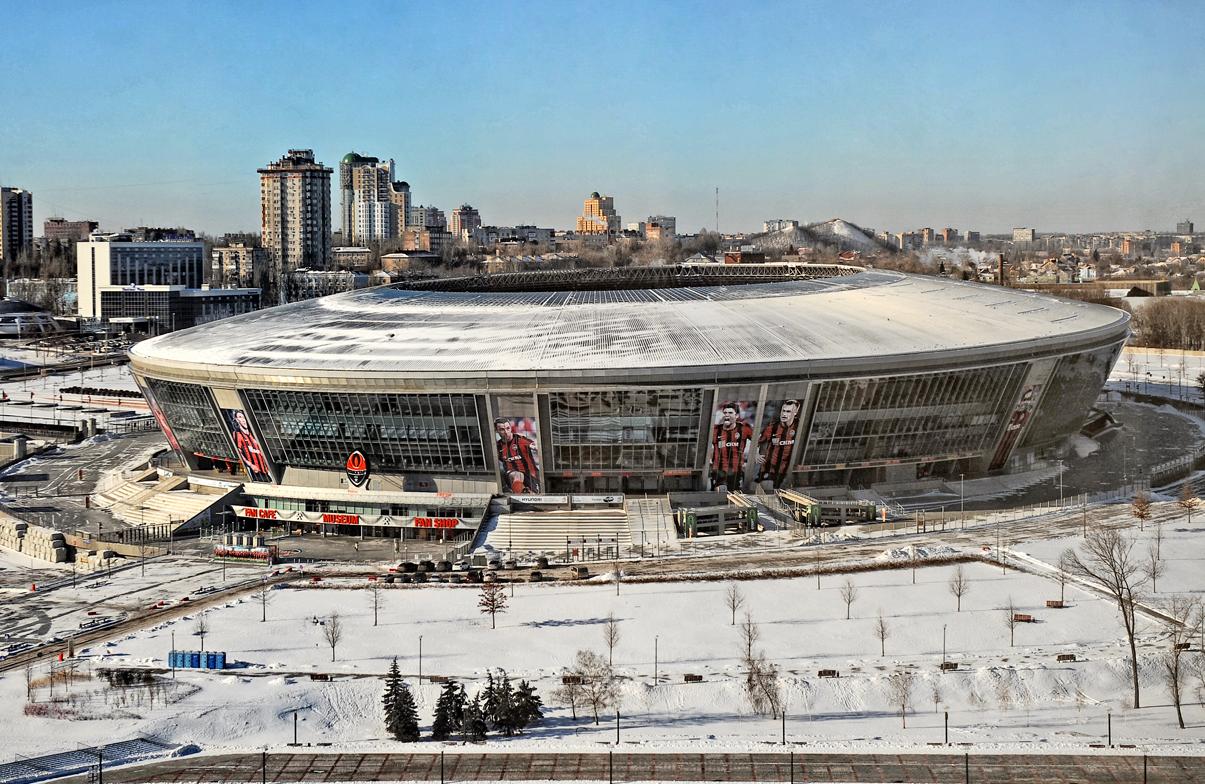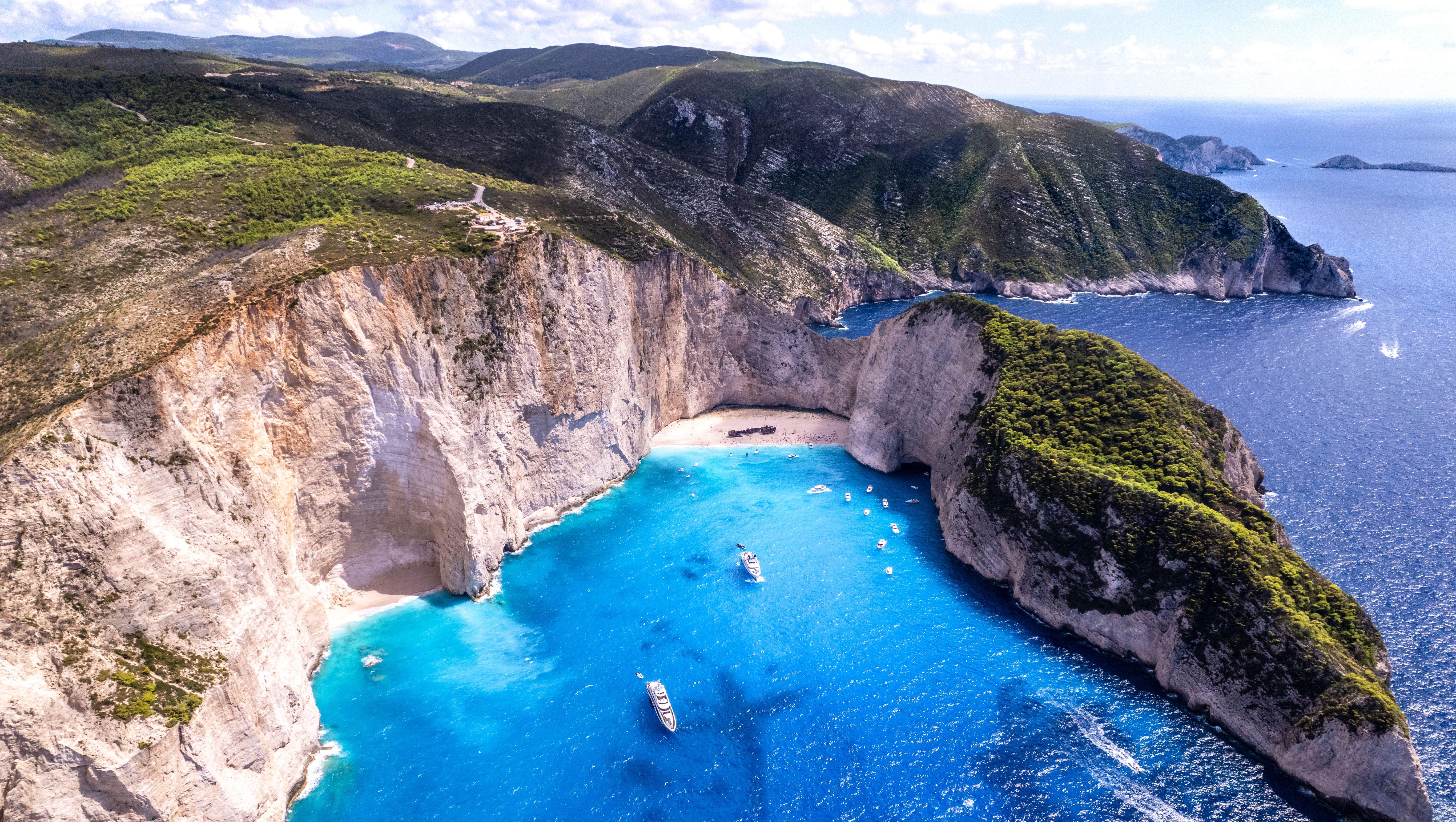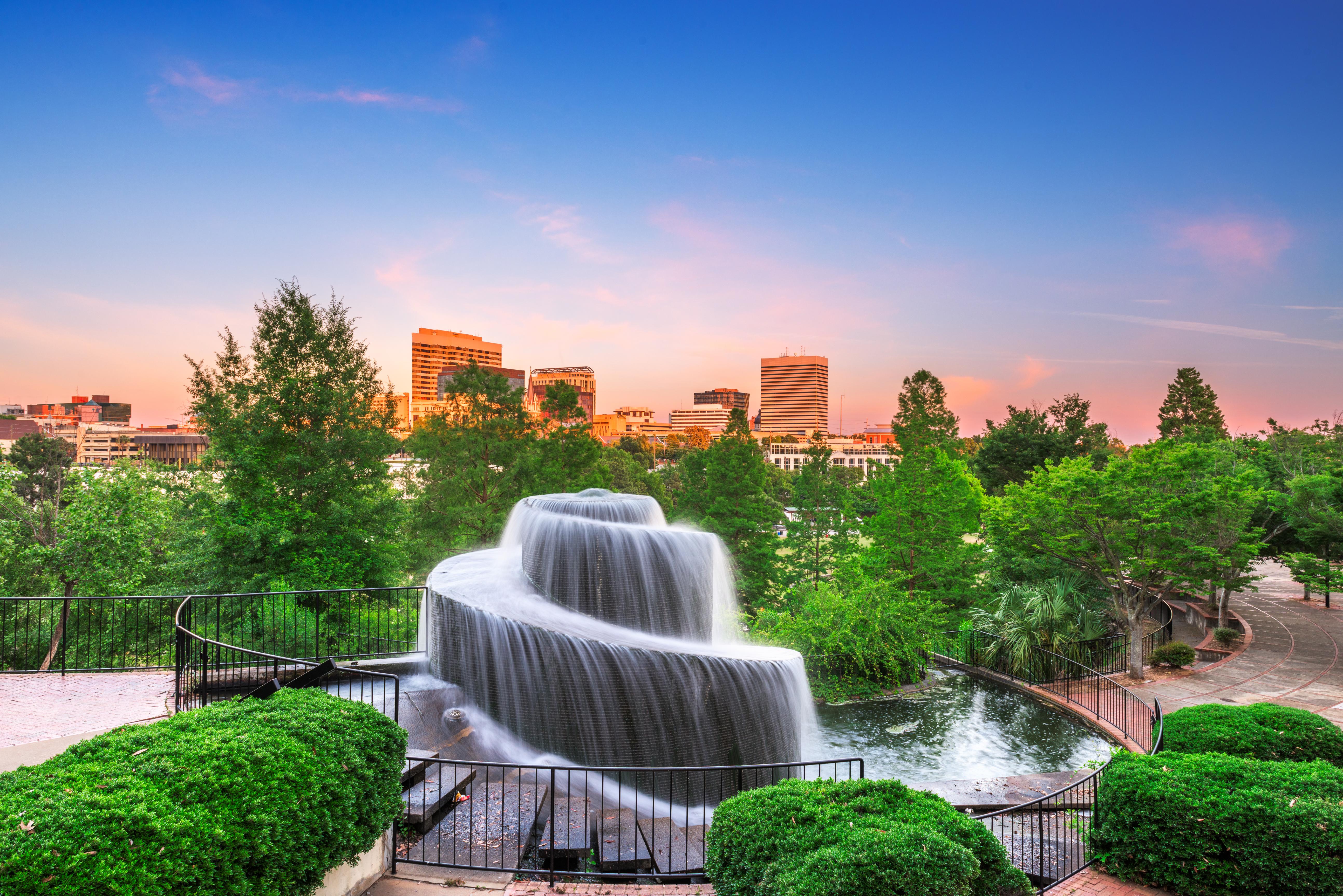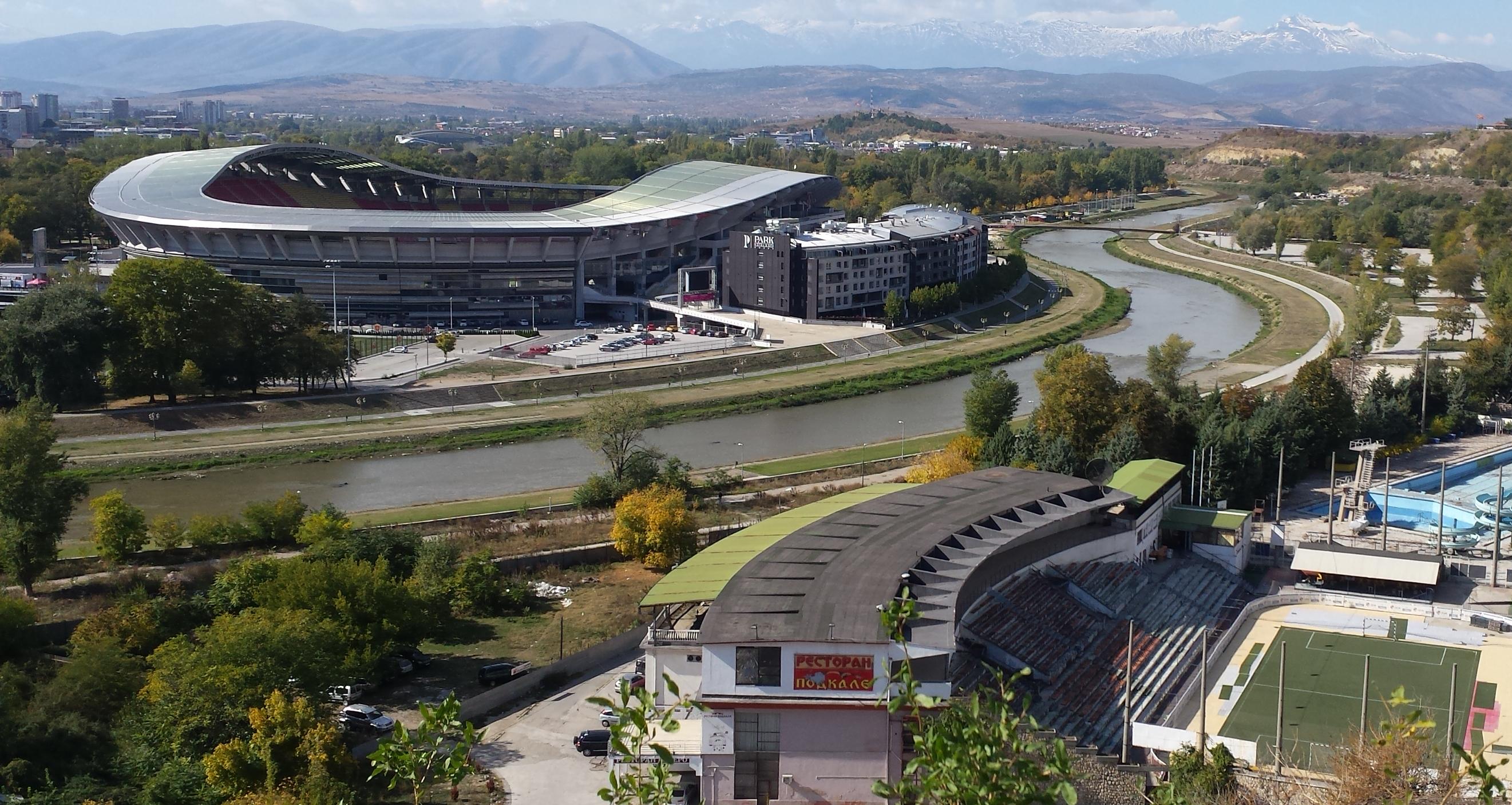14 Hauntingly Beautiful Abandoned Churches Whispering Untold Stories
When a church falls silent, it doesn’t stop speaking. Abandoned churches are some of the most haunting places on Earth—not because of what’s present, but because of what’s been left behind. Carved altars, stained glass windows, and crumbling chapels still radiate the reverence they once held. Whether consumed by nature, conflict, or time, each one carries an untold story etched into its architecture. These 14 abandoned churches remain standing, quietly stunning, and undeniably sacred—even in decay. Let's take a look at them!
1. St. George’s Church: Luková, Czech Republic
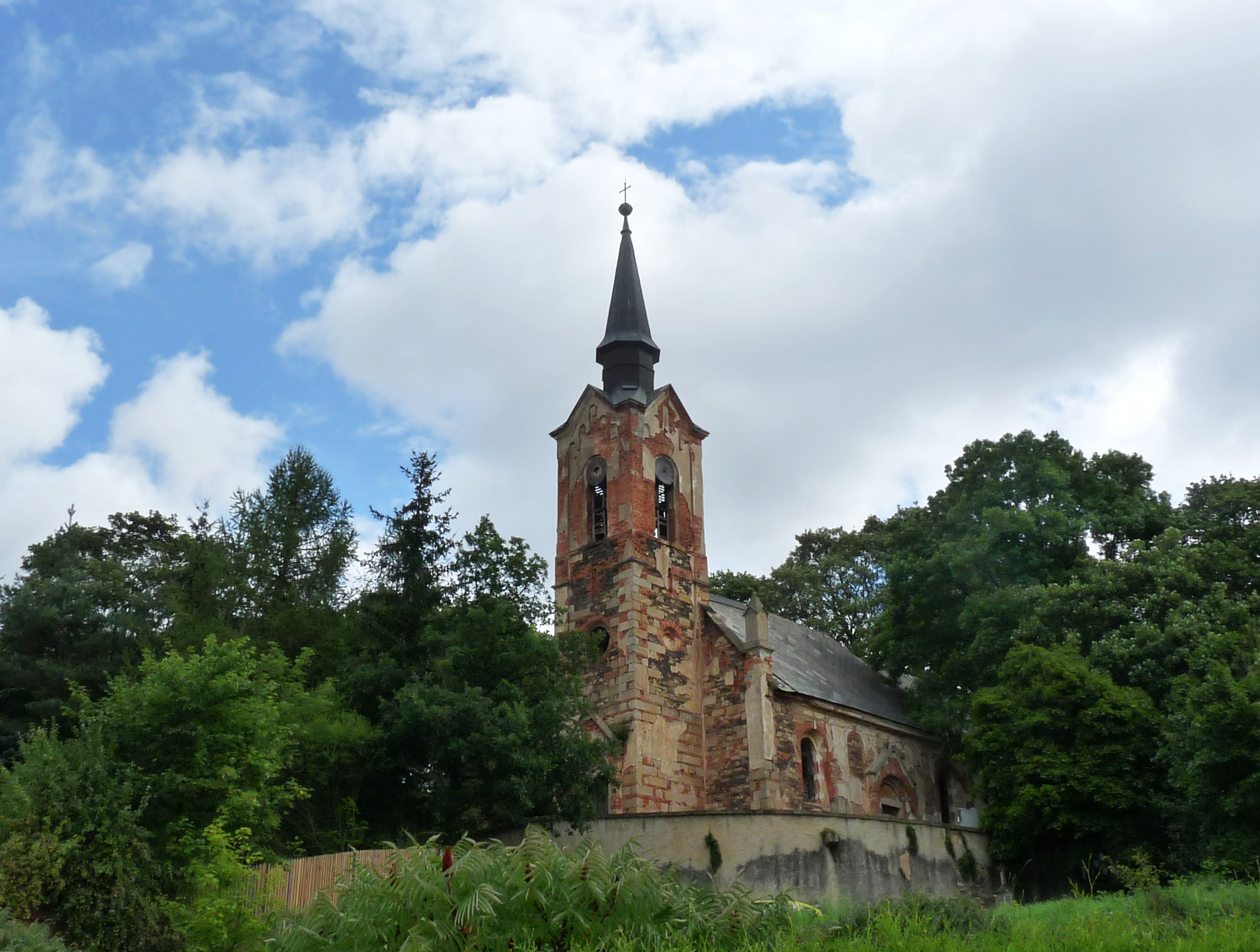
Tucked away in a quiet Czech village, this 14th-century church became an unlikely sensation when an art student filled its crumbling pews with ghostly, robed figures. The plaster statues, representing former German parishioners, kneel in silent prayer, their shrouded heads bowed beneath the collapsing ceiling. Light filters through broken windows, catching on the dust and the folds of cloth. Still occasionally used for services, it feels more like a vigil than a venue. The effect is spectral, reverent, and utterly unforgettable—a place where art, memory, and ruin merge into something chillingly sacred.
2. Church of the Nine Ghosts: Ontario, Canada
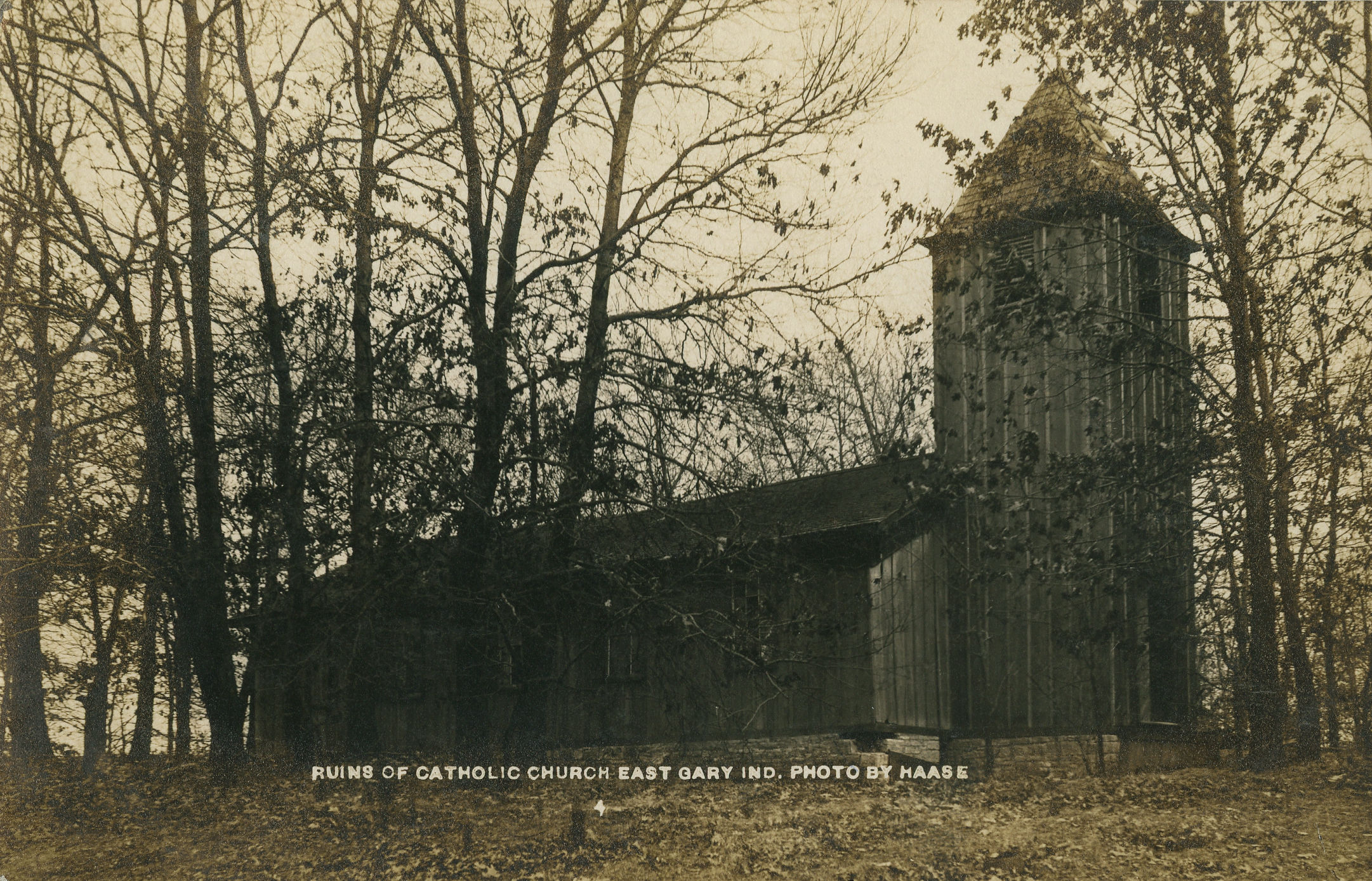
This humble wooden church in rural Ontario hides its strangeness behind a plain facade. By day, it’s a photogenic relic. By night, it’s legend. Locals speak of flickering lights in the windows, phantom hymns echoing from within, and unexplained drafts that whisper through the rotting frame. Its steeple, warped and broken, cuts the twilight like a cracked halo. The surrounding woods press close, as if trying to reclaim it. There’s no formal explanation for the ghost stories—only years of hushed retellings, and the eerie magnetism that draws travelers into its shadow.
3. San Juan Parangaricutiro: Mexico

In 1943, the earth split open and changed everything. A volcano erupted in the town of Parangaricutiro, burying it in lava—save for one structure. The church of San Juan stands as the lone survivor, its altar and twin towers rising from the black, hardened flow like a defiant prayer. Time stopped here. Trees now grow through stone arches. Pilgrims still visit, some leaving offerings at the altar, others simply standing in stunned silence. It’s a paradox of permanence and destruction—a place where the sacred quite literally outlasted the ground beneath it.
4. Abbey of San Galgano: Tuscany, Italy
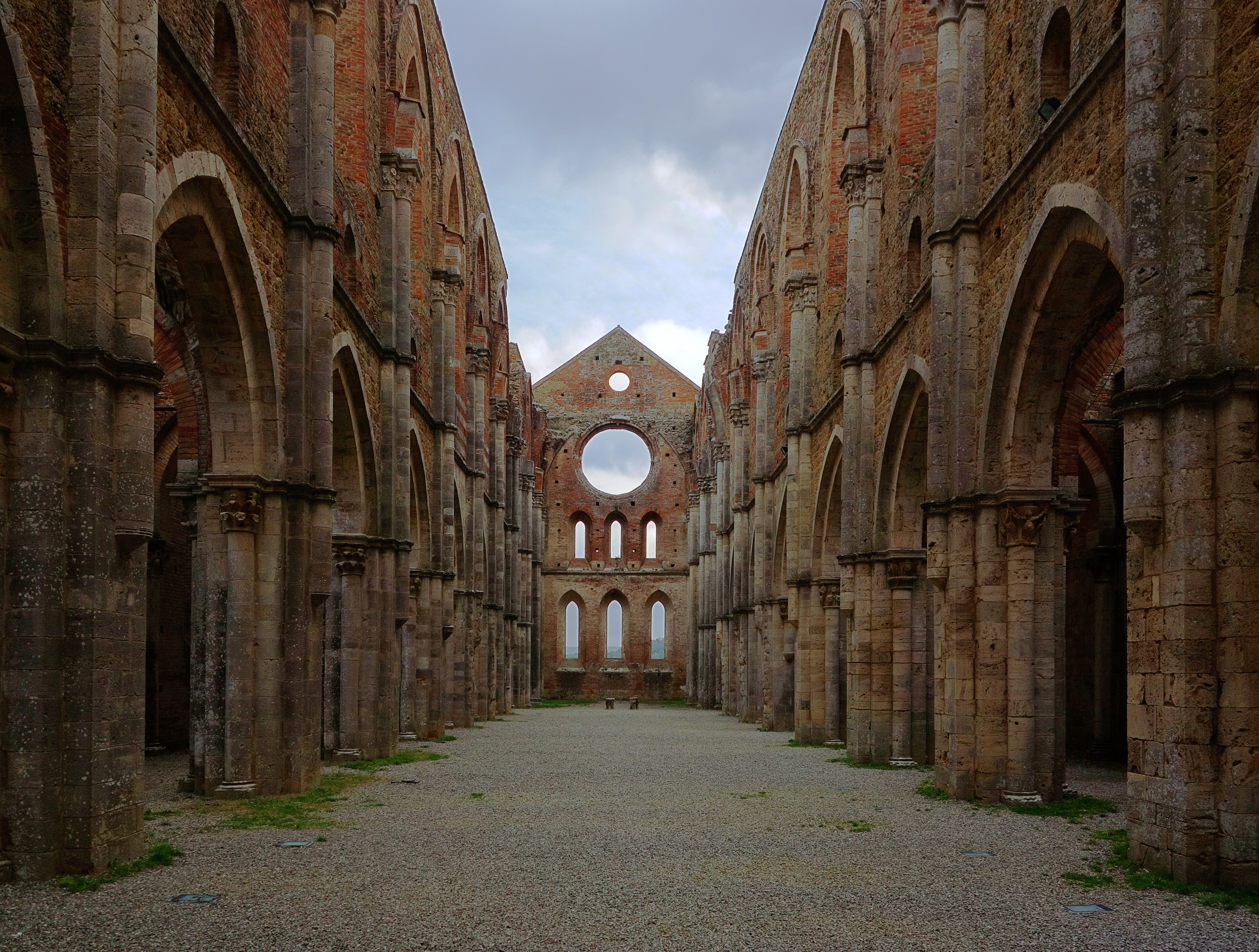
Roofless yet regal, this Cistercian abbey in Tuscany has no need for a ceiling—the stars suffice. Built in the 13th century and abandoned by the 18th, its skeletal frame remains remarkably intact. Arches rise toward open sky. Columns line the nave like ribs in a giant fossil. The nearby chapel claims the original sword-in-the-stone—driven into rock by a knight-turned-hermit. Whether myth or history, San Galgano feels suspended in both. Time doesn't weigh on it here; it floats. Visitors often whisper, though no one tells them to. Silence, in this space, is an instinct.
5. Gary Methodist Church: Indiana, USA
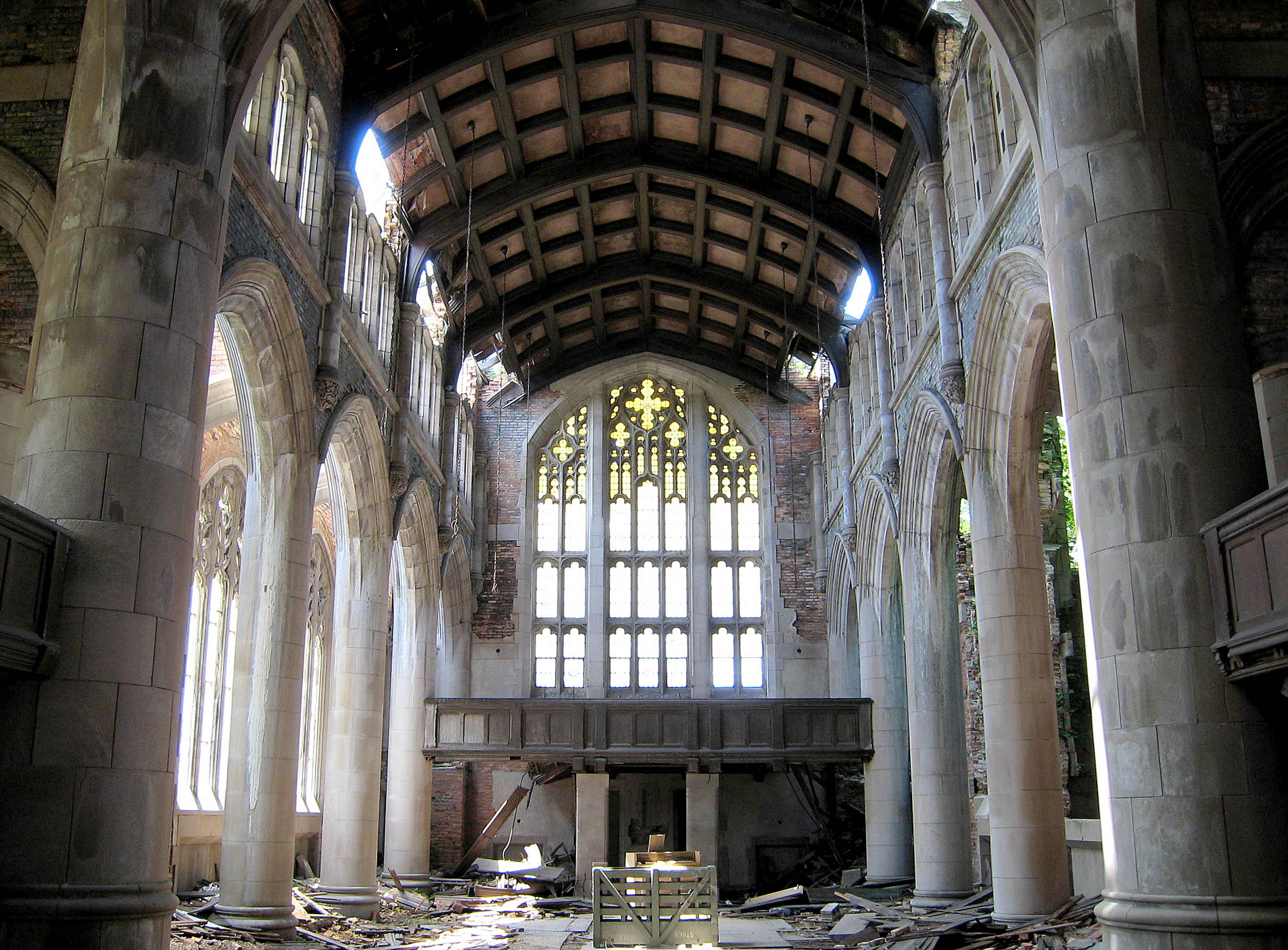
Once the jewel of Gary, Indiana’s spiritual life, this Gothic Revival church could seat over 1,000 worshippers. Now, it is silent—its pews long gone, its pipe organ decayed into shadows. Yet somehow, the stained-glass windows still shimmer in the right light, and the ribbed vaulting above still echoes its former grandeur. Moss climbs the stone walls, and pigeons nest where choirs once sang. It’s beautiful in the way all haunted things are: tragic, persistent, and unwilling to be erased. Even in ruin, Gary Methodist feels like a building that remembers what it was.
6. St. Nicholas Church: Kalyazin, Russia
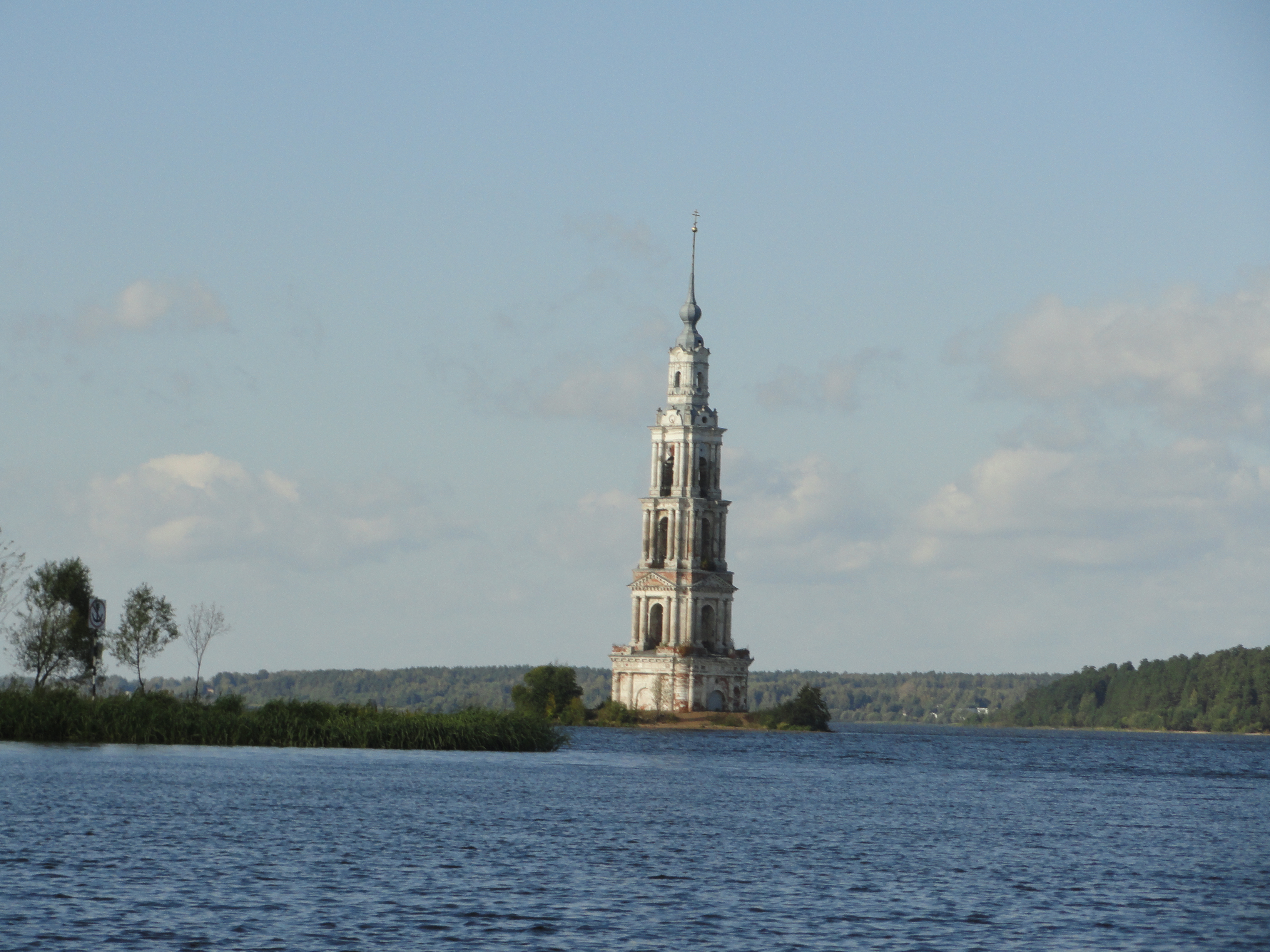
Like a mirage rising from the water, this lone bell tower stands in the middle of the Volga River—a memory poking through the surface. When the Soviets flooded the area in the 1930s to create a reservoir, most of Kalyazin’s old town was lost. But the 18th-century church tower refused to disappear. Boats now glide past its base, and visitors can approach by platform. It’s eerily serene—no congregation, no roads, just rippling water and sky. A bell tower without a church. A message in the silence that not everything sinks when told to.
7. Kolmanskop Lutheran Church: Namibia

Deep in the Namib Desert, Kolmanskop was once a booming diamond town—until the gems dried up. Now the church stands half-buried in sand, its doorway drifted shut, its floors dunes instead of pews. Sunlight filters through broken windows, catching particles in a kind of celestial choreography. The altar is still visible, though time has stripped it bare. It’s a church in the act of being erased, grain by grain. Yet its frame still holds. And somehow, the emptiness doesn’t feel forsaken—it feels peaceful, like the Earth is quietly folding it back into herself.
8. Holy Trinity Church: Marylebone, London, UK

Built in the early 1800s and once graced by London’s elite, this grand neoclassical church has long been deconsecrated. Its dome still stands proud, but inside, decay has softened the marble and ivy has claimed the walls. Once a center of society, it now hosts no congregation—just the occasional artist or trespasser drawn to its melancholic elegance. The silence here feels luxurious, not desolate. A velvet sort of stillness. Even in its faded state, Holy Trinity commands awe—a forgotten stage waiting for its final curtain that never comes.
9. Church of Saint-Eloi: France
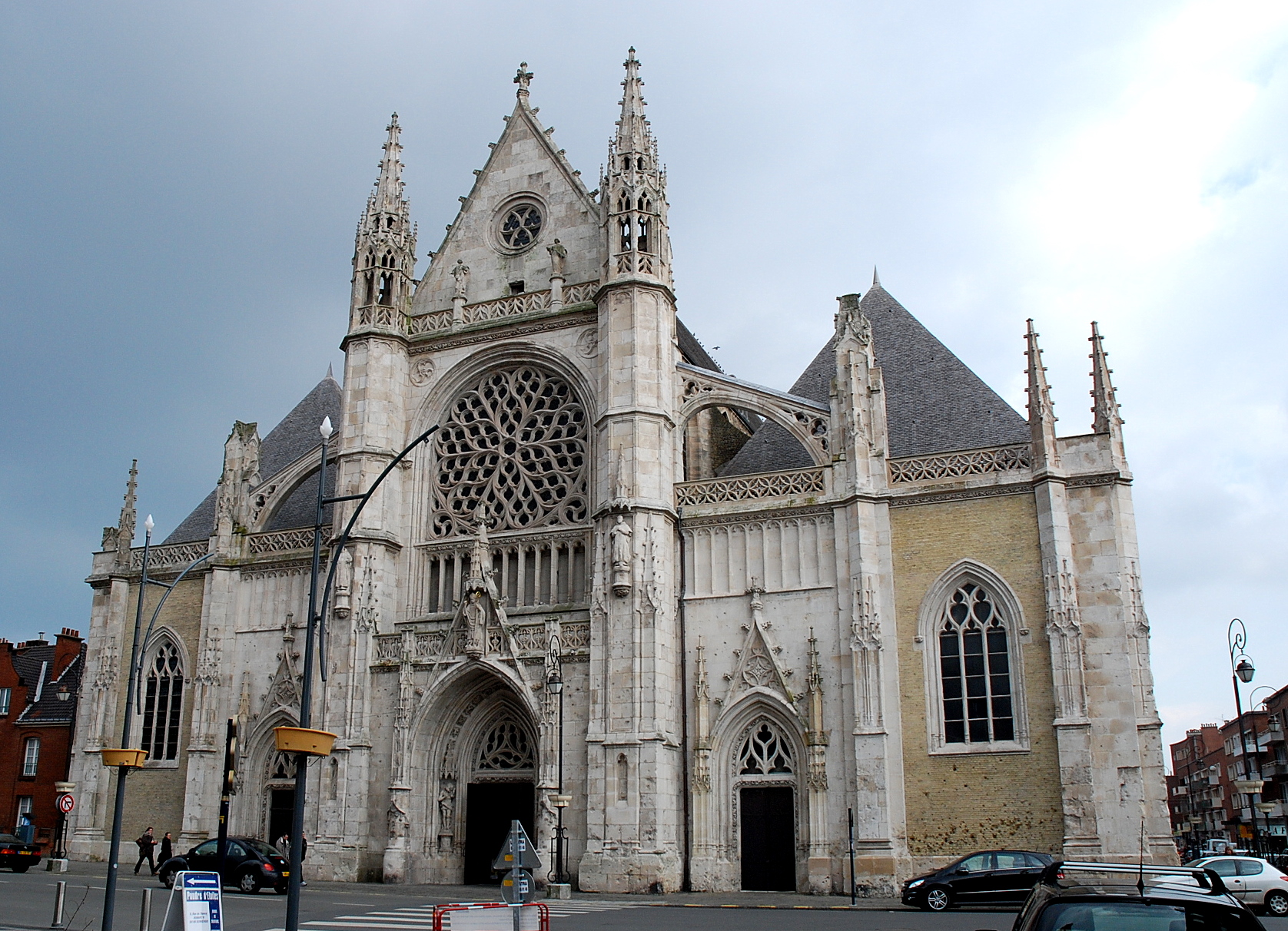
In a village bypassed by time, this small Romanesque church stands almost hidden among overgrown hedges and stone cottages. Its doors are closed, its bell long silenced. But step inside, and fading frescoes greet you—fragments of saints and halos painted centuries ago. They peek through peeling plaster like whispers from another world. There's no electricity, no signs of use, yet nothing feels truly abandoned. It’s as if the church is waiting—not to be restored, but simply remembered. And in that remembering, it breathes.
10. Immaculate Conception Church: New Orleans, USA
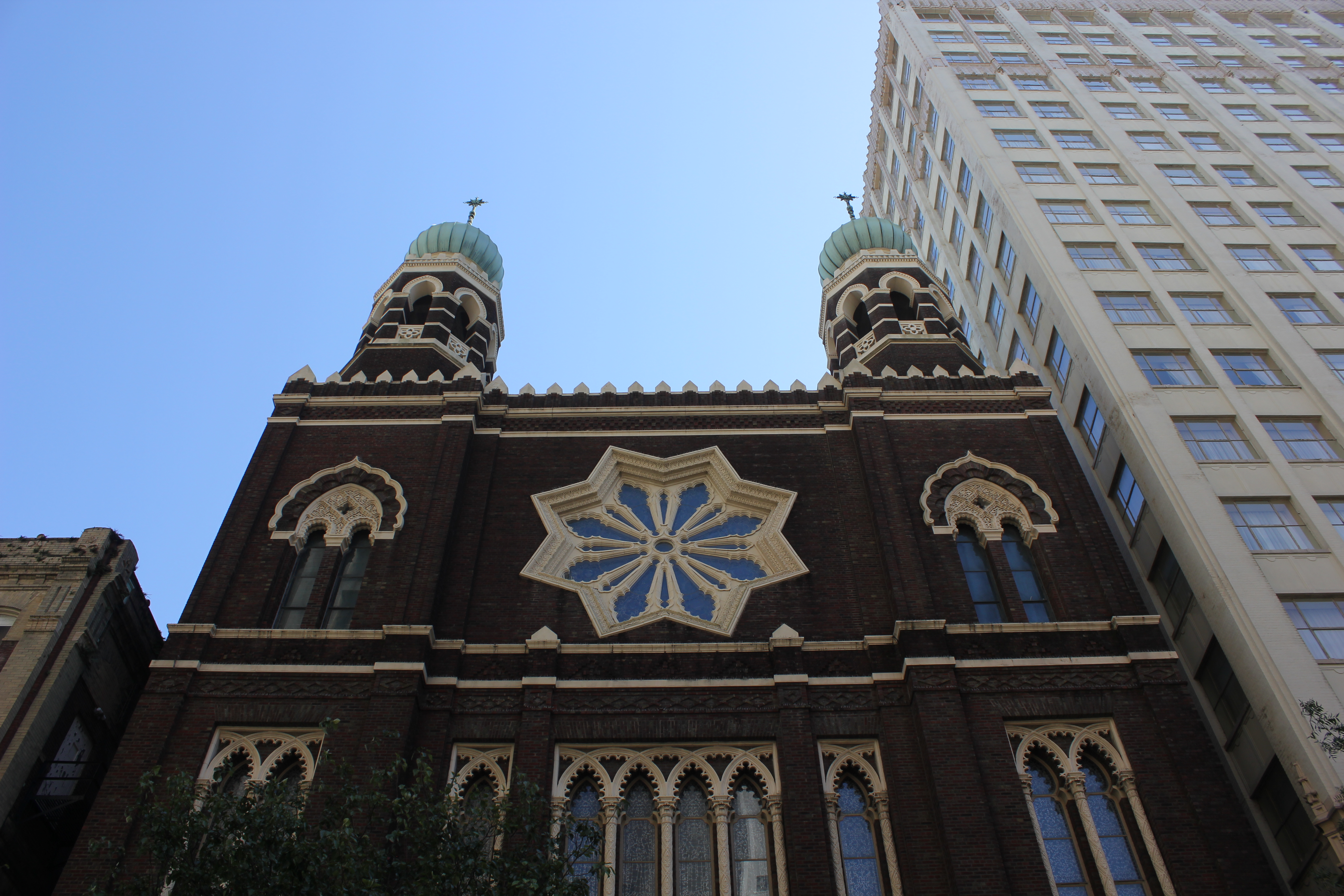
Damaged during Hurricane Katrina, this once-thriving church never reopened. The water came, receded, and left behind silence. Hymnals still rest in decaying pews. Votive stands rust by the altar. Sunlight slices through broken stained glass, catching dust like incense. It smells of mildew and old wood, yet somehow remains dignified. No graffiti, no vandalism—just the gentle collapse of something that once offered sanctuary. Standing here, you feel like you’re intruding on a ghost still mid-sermon. A place of worship that now worships stillness.
11. Old St. Mary’s Church: Clonmel, Ireland
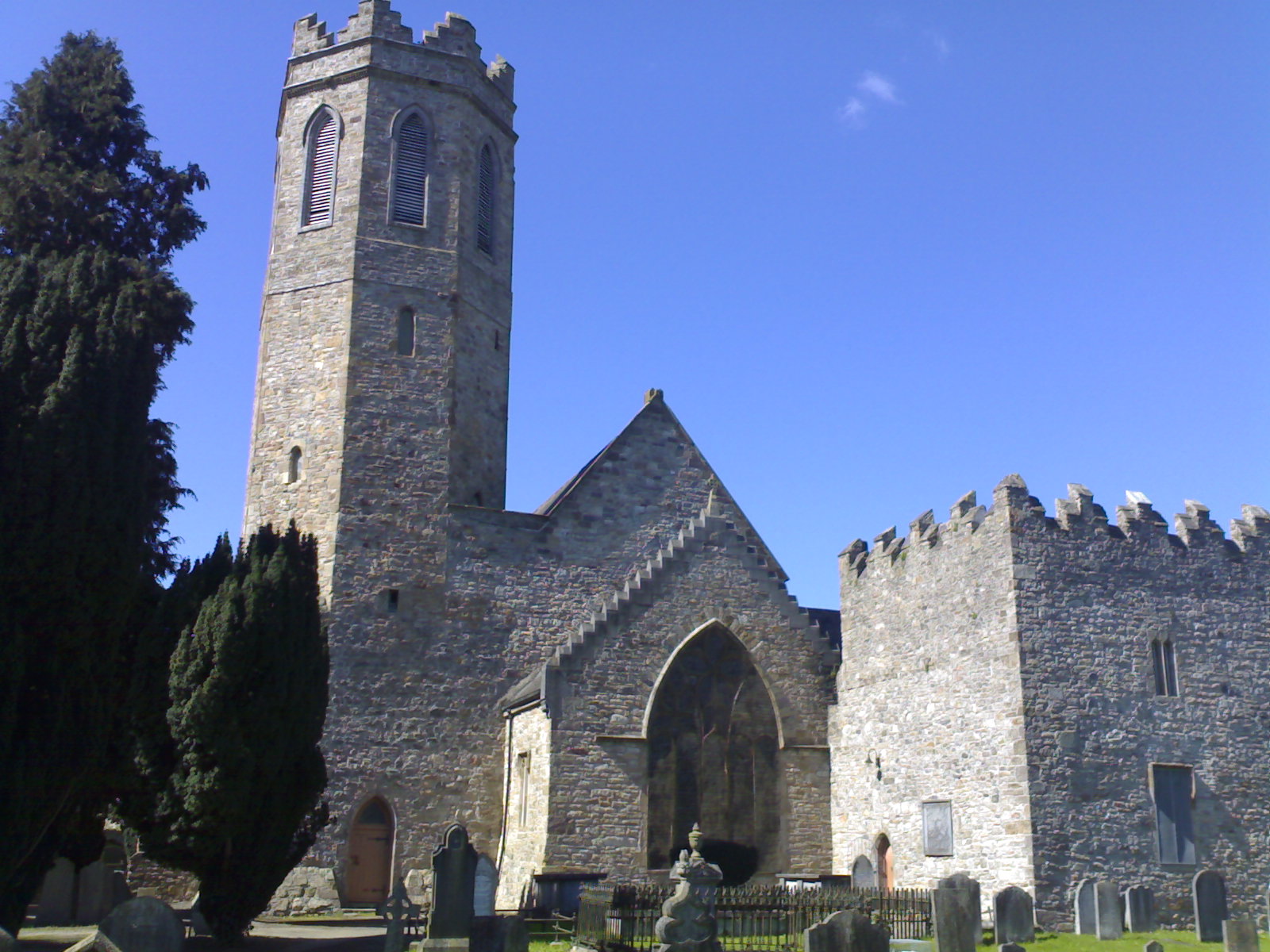
This medieval church is less a ruin and more a whisper. Tombstones are set into its stone walls, names worn to shadow. The roof is gone, but ivy clings to what’s left of the arches. On misty days, fog coils through the nave like breath from the earth itself. Locals still leave flowers, still pause by the gate. It’s not just history—it’s community memory, even if the community has thinned. Each moss-covered step feels like walking alongside someone you can’t see but somehow still feel. This is Ireland, after all—where stone never forgets.
12. Sacred Heart Church: Detroit, USA
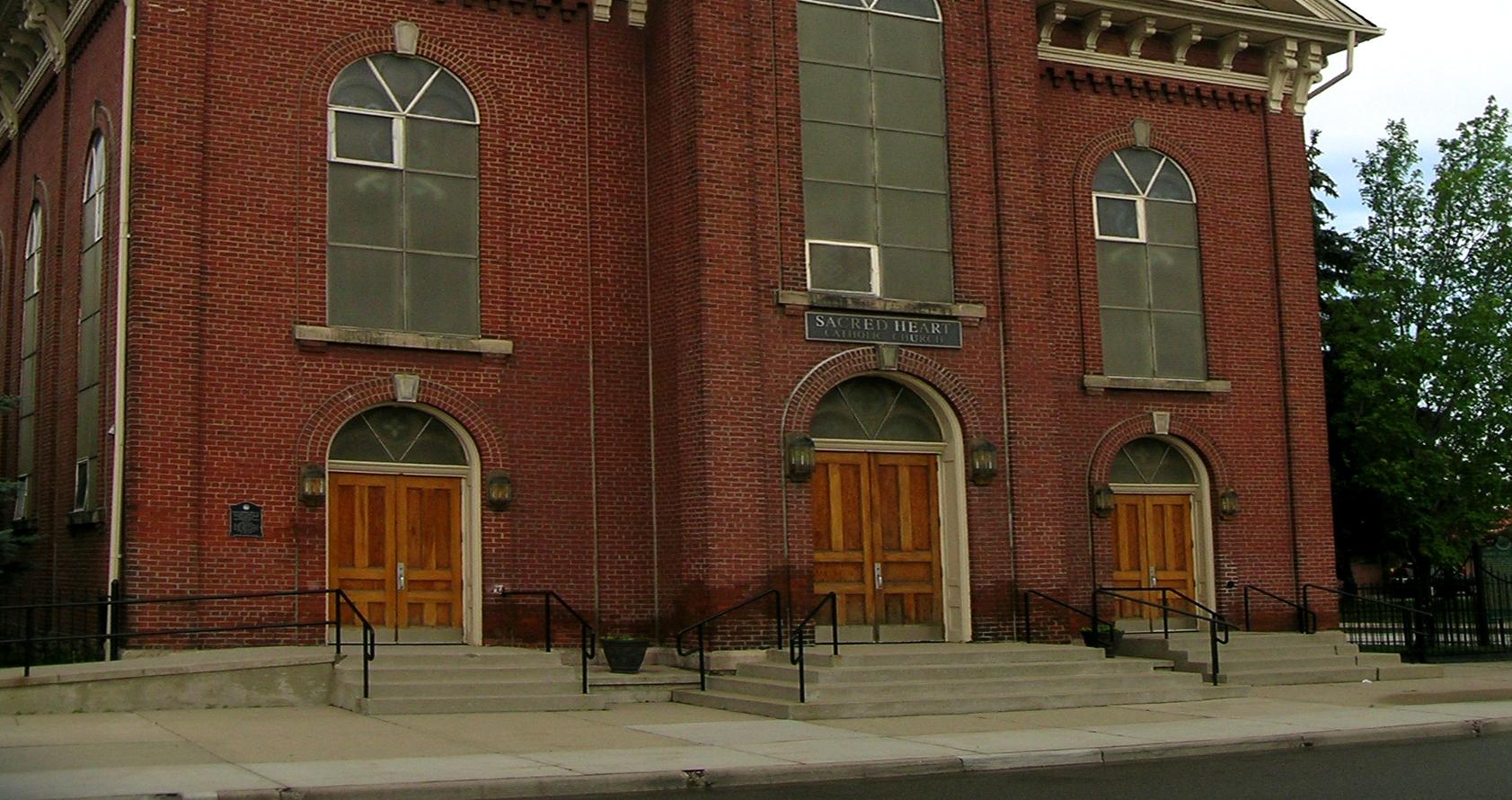
A shell of faded grandeur, Sacred Heart Church tells Detroit’s story in cracked paint and fractured glass. Once a vibrant center of worship, it now stands as one of the city’s most haunting icons. Light leaks through stained glass like bruised color. The altar is crumbled, but a few pews remain. Moss carpets the floor, and graffiti tags wrap around icons like urban vines. It’s equal parts heartbreak and resistance—a church that hasn’t been claimed by decay, but rather collaborates with it. Sacred and profane, silent and loud. A sermon in contrast.
13. Saint Étienne le Vieux: Caen, France

Bombed during WWII and left unrestored, this Gothic ruin is both memorial and mystery. Its spires still reach skyward, though they frame only clouds now. Grass grows through cracks in the floor. Pigeons nest in what were once choirs. There’s a powerful stillness here—not mourning, exactly, but witnessing. No glass remains, yet the wind seems to hum through the empty frames. You don’t need a tour guide. Just stand in the center and look up. The story tells itself in stone and sky.
14. Church of Agios Dionysios: Zakynthos, Greece
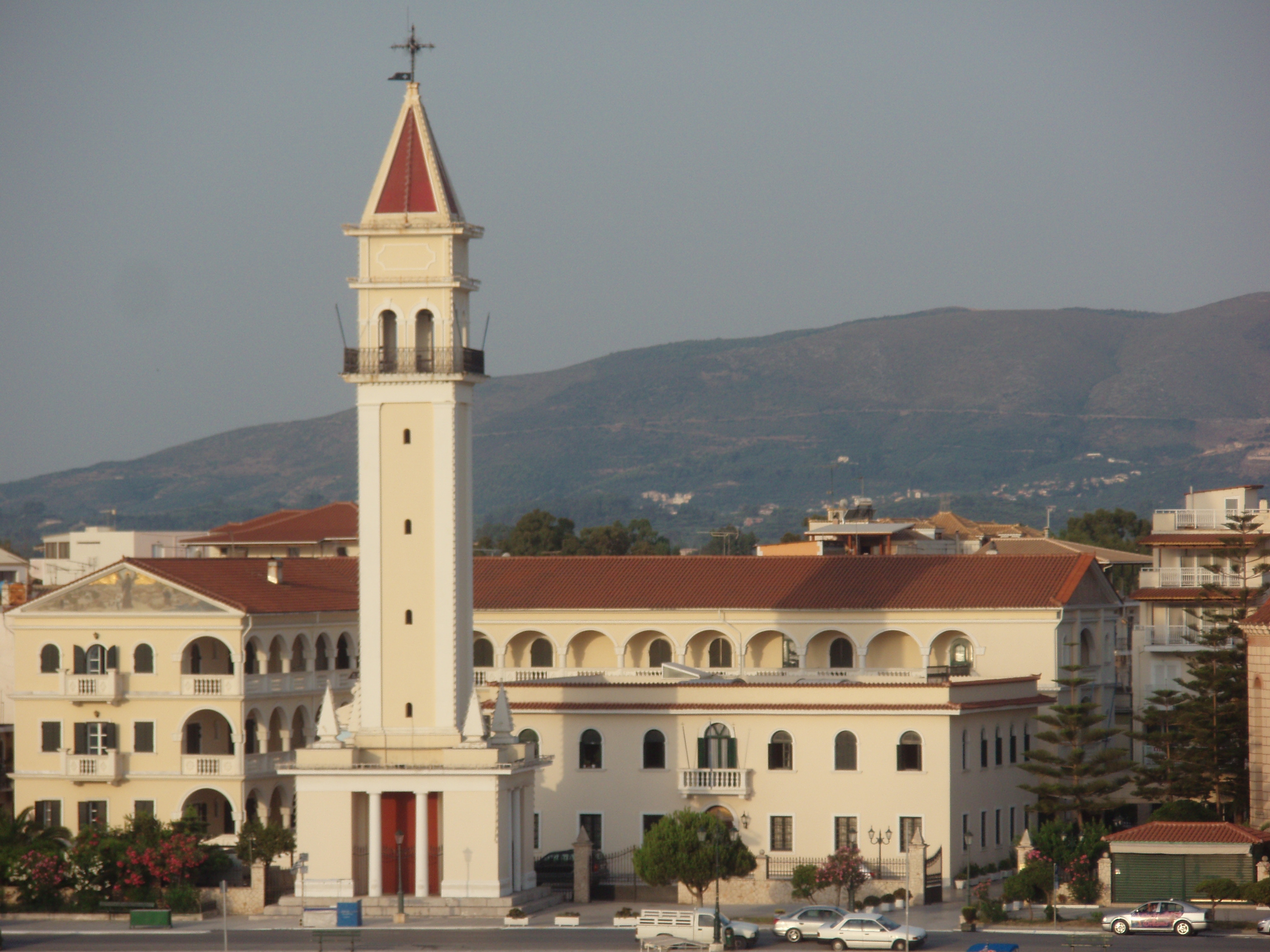
Once a jewel of Zakynthos, Agios Dionysios was ravaged by earthquake and fire. Today, the church’s skeletal remains look out over the Ionian Sea, framed by blue skies and salt winds. Inside, faded icons cling stubbornly to cracked walls, their eyes still watching. The roof is gone. The floor is dust. But the spirit—what Greeks call kefi—remains. Pilgrims still come, not for services, but to stand in silence. In the ruins of ritual, something enduring survives. Call it faith, memory, or the echo of old psalms on sea breeze.
Even in ruin, these churches endure—not just as remnants of stone and wood, but as monuments to memory, mystery, and meaning. Time may have hollowed out their walls, but not their spirit. Each cracked fresco and moss-covered pew holds a trace of the people who once gathered there—the prayers whispered, the hymns sung, the quiet moments of awe. They are not simply abandoned; they are paused. Waiting. Remembered. In the hush of these forgotten sanctuaries, we’re reminded that sacredness doesn’t vanish when the crowd disperses—it lingers in silence, in shadow, in the soft persistence of place. And sometimes, what’s most moving isn’t what’s been preserved, but what refuses to be forgotten.



